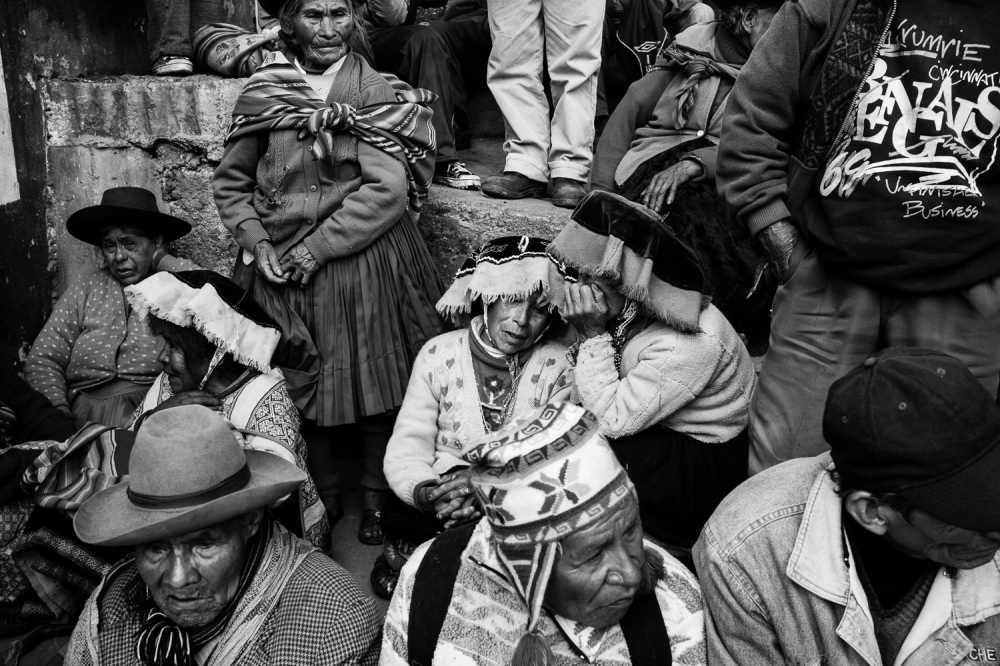"Highways, of course, alter everything. They change patterns of human settlement, hasten the destruction of natural habitat, transmit disease, set the stage for clashes of cultures." -Ted Conover, author of "The Routes of Man"
In 2011, after decades of planning and years of construction, Peru's 1,600 mile-long Interoceanic Highway was finally completed. This feat of engineering crosses spectacular landscapes from the Pacific Coast over the Andes Mountains, through the Amazon Basin to the Brazilian border. Funded primarily by China and Brazil to expedite trade between the two nations, it's an apt symbol of the dual nature of development in today's globalized world: on the one hand, the highway is bringing opportunity and growth to remote communities, while simultaneously enabling activities that are breeding conflict and threatening some of the planet's most bio-diverse ecosystems and traditional cultures.
In some areas, the impacts of this road are already far-reaching. The new highway has opened up vulnerable habitats to exploitation - namely in Peru's southern Amazon Basin, where once remote parts of the jungle are now easily accessed by illegal mining, logging, and poaching. Indigenous cultures are witnessing increasing rates of out-migration, and encroachment of their land and resources. And the Interoceánica is accelerating it all.
I first traveled along the new highway in 2010 as it was still under construction, while photographing an assignment focused on illegal gold mining in Peru's Madre de Dios province. It was clear then that much of the activity I saw was connected to the new route: wherever construction was already finished, mining camps were spreading like wildfire into the jungle. If the impacts here were already so obvious, what would they be like elsewhere along the road?
With the new highway as my starting point, I began documenting this region on the cusp of profound change. In this ongoing project, I am trying to create an intimate human portrait of life in communities along the Interoceánica at this critical point in time - a photographic record of the region as it undergoes a dramatic transformation in the coming years. In many ways, it's well on its way.
But, I'm also seeking answers for what I feel are some of the most pressing questions of our time: how can we continue to pursue "development" at the sacrifice of our most bio-diverse and sensitive natural habitats, or ahead of the rights and survival of many of the world's poor, vulnerable, or indigenous communities? Who really benefits from progress as we've come to know it, an unending pursuit for more? What will it take to shift from a mindset of exploitation to one of sustainability?
La Carretera is essentially a story about life and change along a new highway. But, I hope that this work can also contribute to a greater discussion about development in today's globalized world, and challenge the notion that "progress" is always best, whatever the cost.














































































